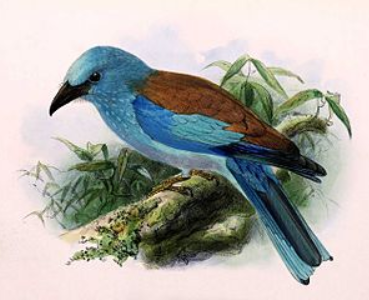Welcome to your Stress Pre Test
1.
The structure shown above belongs to which body system?
2.
The main function of this human body system is to —
A student drew a picture of a human body system shown below. The student labeled some of the organs of the system.
3.
When a person is suddenly cut by a sharp object, a nervous impulse is sent along a sensory neuron to the spinal cord. The impulse is immediately transmitted through motor neurons to produce a response. Which of the following correctly identifies and describes this response?
4.
Which two systems alert the young bird to the danger and help produce the vomit it uses as a defense?
Coracias garrulus is a blue bird with an orange-brown back. The offspring of this bird have an effective defense mechanism. The young birds vomit and cover themselves in a foul-smelling orange liquid when they sense a threat by predators.

5.
Ovaries produce and secrete hormones in addition to eggs. To what human body systems to ovaries belong?
6.
A gland is a group of cells that produce and secrete chemicals called hormones. Which of the following gland(s) is located around the esophagus and creates hormones which control metabolic processes in all cells?
7.
Which of the following is an example of the endocrine system directly interacting with the nervous system?
8.
An individual who participates in a long-distance run on a hot day will produce large quantities of sweat. As a result of the excessive sweating, the amount of urine produced by the kidneys will change. How will the kidneys respond to help the individual’s body maintain homeostasis?
9.
During the final stages of human gestation, receptors for the hormone oxytocin increase on the smooth muscle cells of the uterus. The release of oxytocin during labor stimulates the smooth muscle tissue in the wall of the uterus. The strong contraction of the smooth muscle in the uterus helps push the baby through the birth canal so that delivery can occur. This process requires the interaction of which organ systems are together to produce this response?
10.
Which of the following structures is considered the basic functioning unit of the nervous system and is comprised of a cell body, dendrites, and axons?